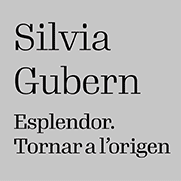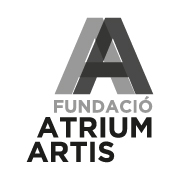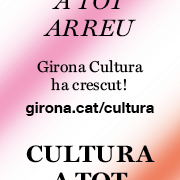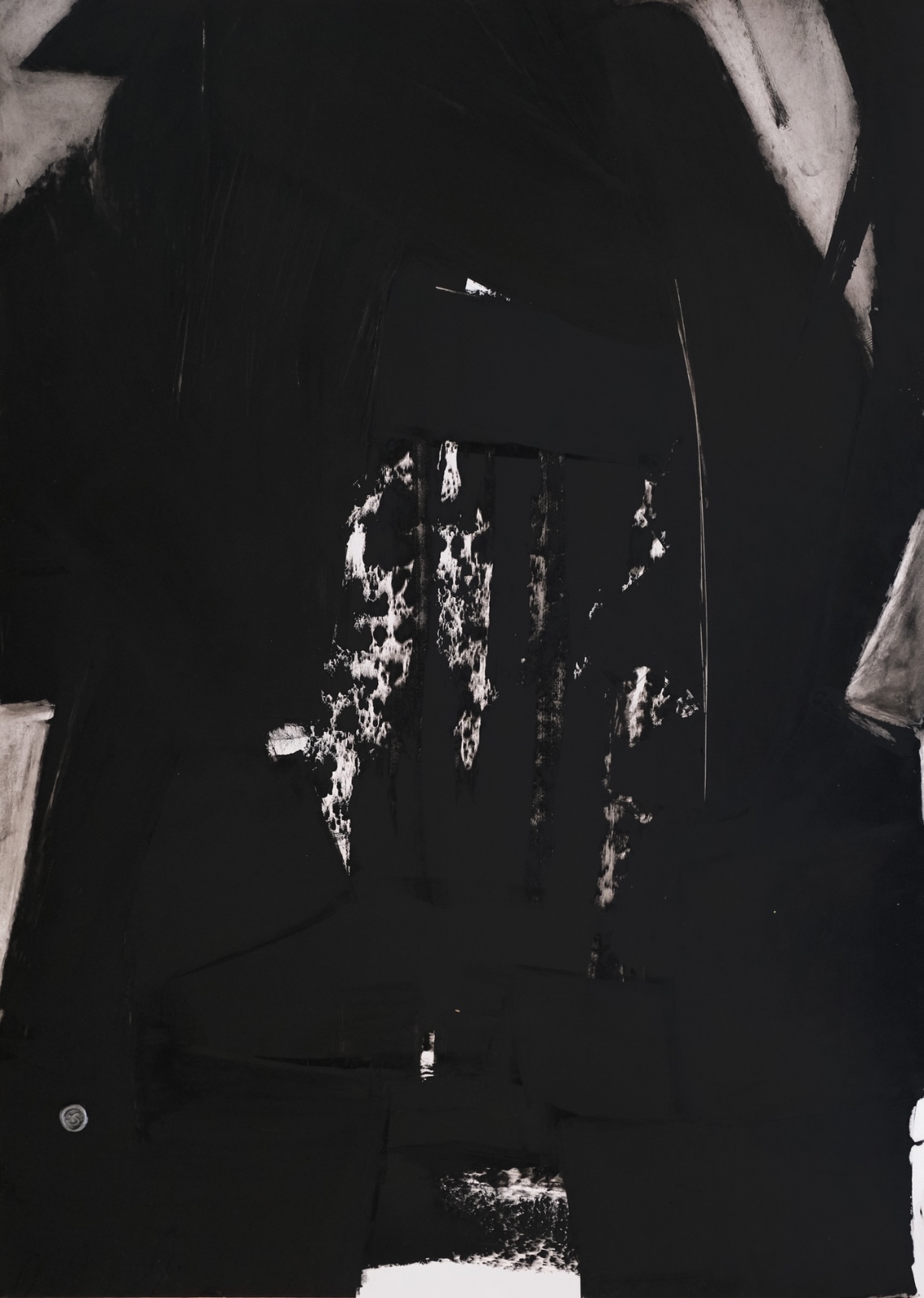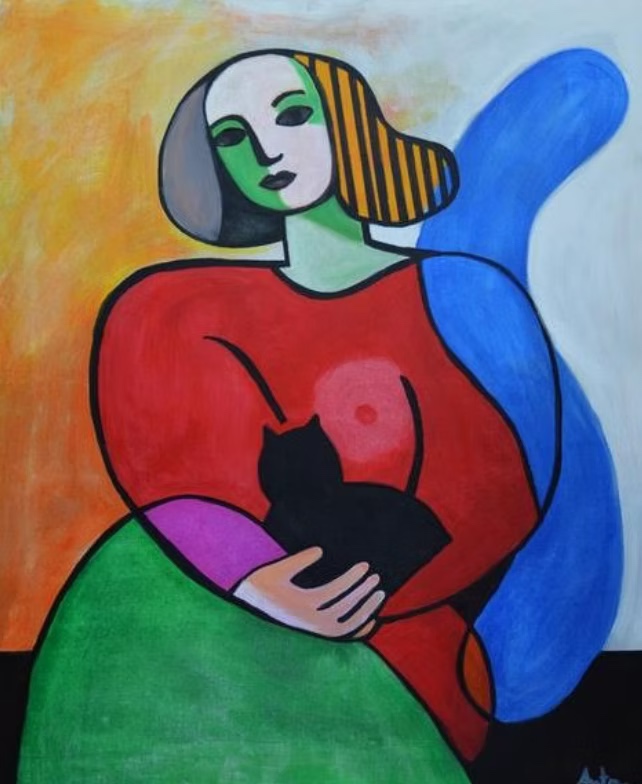reports
Architects in search of new cultural forms
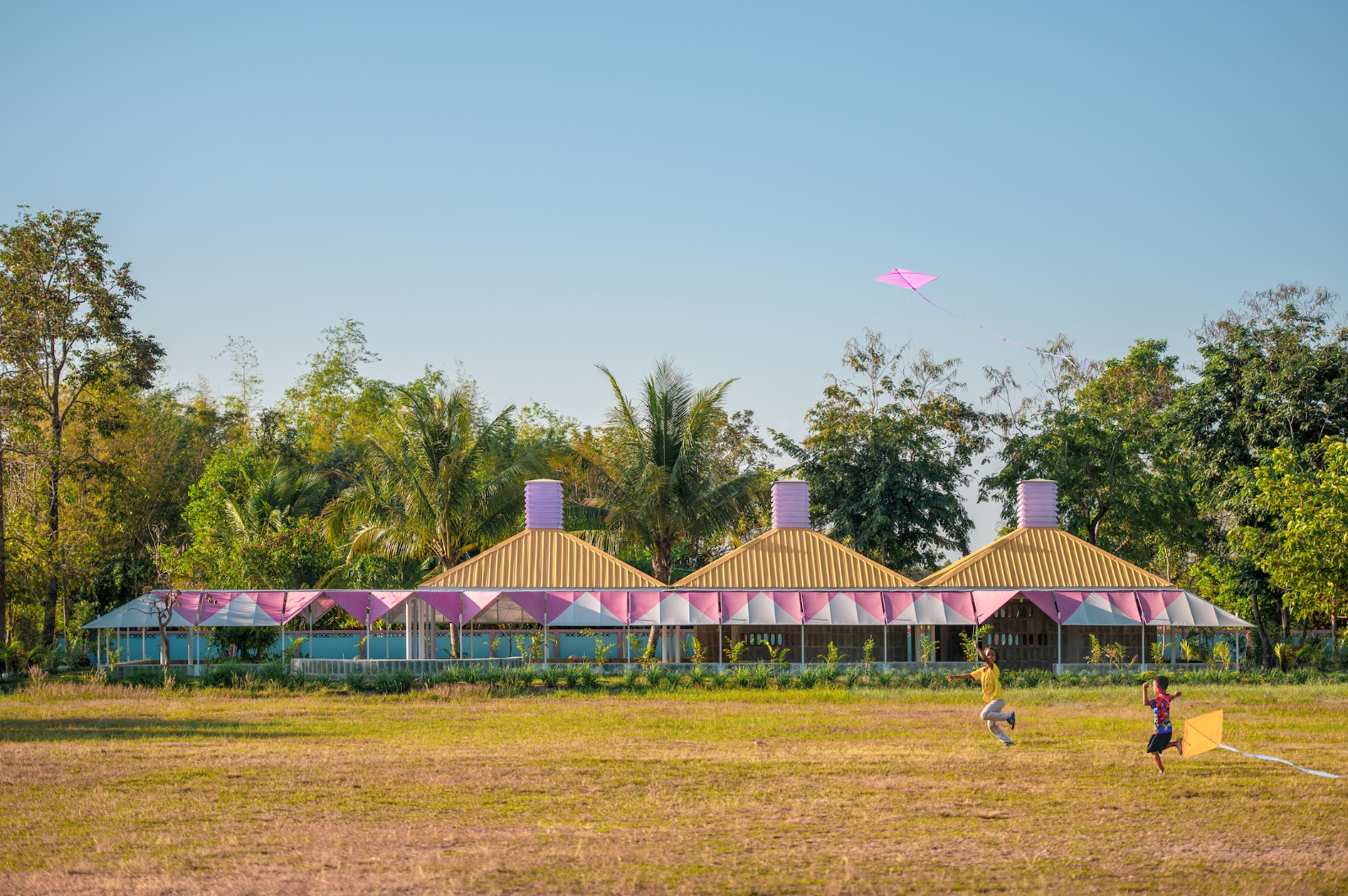
The study of architects Pau Sarquella and Carmen Torres, who define themselves as a multidisciplinary and nomadic studio, confirms the existence of new ways of making architectural spaces that support aesthetic intentions resulting from cultural research at the local and international level. It is no coincidence that in their case, as in the case of the Barcelona studio of Eva Prats and Ricardo Flores, the influence of the work of Enric Miralles, which they were able to share directly as students in his studio, is very evident.
The work of Enric Miralles is still largely unknown as a far-reaching aesthetic research, and his influence on practice can be seen in the works of these architects who have established their studio in Banyoles, after staying in other countries and receiving both international and local awards inside and outside the Girona area.
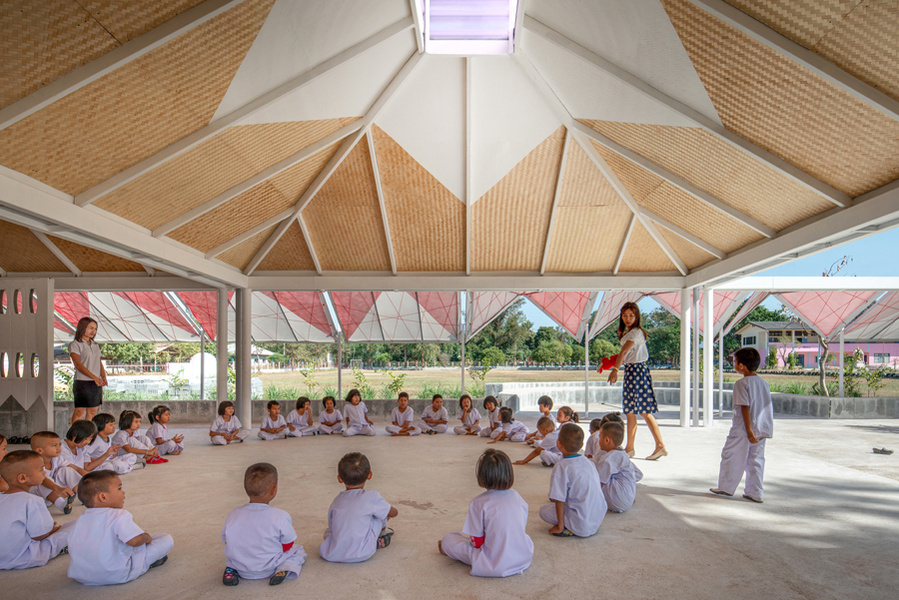 Bang Nong Saeng Kindergarten, Tailàndia.
Bang Nong Saeng Kindergarten, Tailàndia.
The Bang Nong Saeng Kindergarden school pavilion (Thailand), which has received international awards (TIDA Award) and FAD International and Opinion awards in 2019; the Paisatge Plàstic in Girona, also awarded, and the Solé brothers' butcher shop in Celrà, also awarded in 2014, are examples of this new architectural virtuosity born of critical thinking that is not improvised but requires interdisciplinary research on a local and international scale, with texts awarded in the call for critical texts in the 2019 FAD awards, defending a cultural vision in the work of architects, of which Enric Miralles was a pioneer.
 Paisatge Plàstic. Exposició per a la 18a edició dels Premis d’Arquitectura de les Comarques de Girona.
Paisatge Plàstic. Exposició per a la 18a edició dels Premis d’Arquitectura de les Comarques de Girona.
The plans and sections of the aforementioned works are not merely the result of complex and innovative formal deformations, but follow unique aesthetic paths thanks to which the local and domestic experiences of, for example, reading, shopping, having a coffee, etc., take on an added value of specific artistic quality in these new architectures. It is not difficult to establish a line between the work of Miralles and that of Alvar Aalto and/or Frank Lloyd Wright on the one hand, and that of Juan Antonio Coderch de Sentmenat on the other, both immersed in the avant-garde currents in painting, sculpture, design and music of their time.
So, we are on the threshold of small studios with high aesthetic standards, which could soon be big. However, this will require a very hard job of defending quality and not quantity, at all costs, maintaining a very difficult cultural control in our current society. Few large studios manage to do this, but the possibility exists: it is difficult, but not impossible.
These innovative aesthetic strategies have recently had an example of professional success in the work of the SUMA Arquitectes studio in Madrid and its García Márquez public library in Barcelona, the result of international research with a global practical and theoretical impact, which will soon be confirmed in the upcoming doctoral thesis of Guillermo Sevillano at the Higher Technical School of Architecture in Madrid on The social construction of architecture.
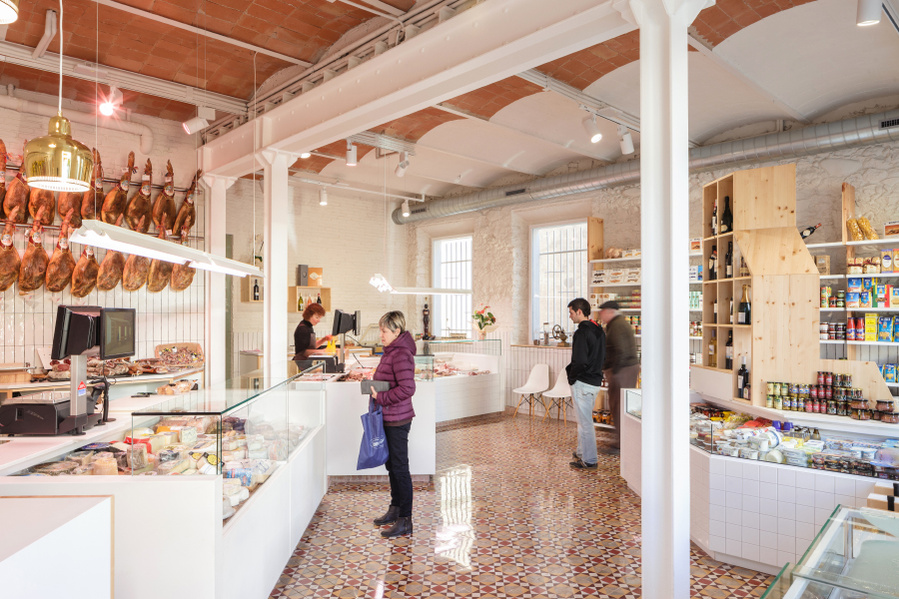 Carnisseria Germans Soler a Celrà.
Carnisseria Germans Soler a Celrà.
This cultural capacity to articulate what is local and what is global, the different arts among them and the different social and environmental sensitivities, has a very old tradition in architecture, but the great technological changes and the expansion of new forms of representation, today complemented by artificial intelligence, have gradually blurred it, and with the support of an ill-prepared critic, have led to the discrediting of everything that wants to take the path of quality and not quantity with gigantic works, thus defending a mistaken architectural and commercial vision.
The current debate on the economic and financial dimensions of contemporary architecture and urbanism is complex. Singular aesthetic action always occurs within a social and political context, which if it wants to be democratic should reward quality and not just quantity, and thus reward singular cultural action, which must be well accompanied by rigorous curricula whether local or international. And it is clear that we are at a time when quality is losing weight in the face of quantitative standards where measure is king.
 Ventura 7, Banyoles.
Ventura 7, Banyoles.
For all this, I began by saying that a new way of doing architecture is being born or reborn, finding quality through research and experimentation. It is therefore a question of recognizing the internalization of quality as a source of support for local values of the past and the future, and at the same time also recognizing that these values had the capacity to be internationalized, as we are seeing with these new studies. However, despite the fact that democracy in our country is operating at half-speed, these new studies must not dissolve into a world cultural level indifferent to daily needs, both local and global. As I said, it will be a difficult task, but not impossible.
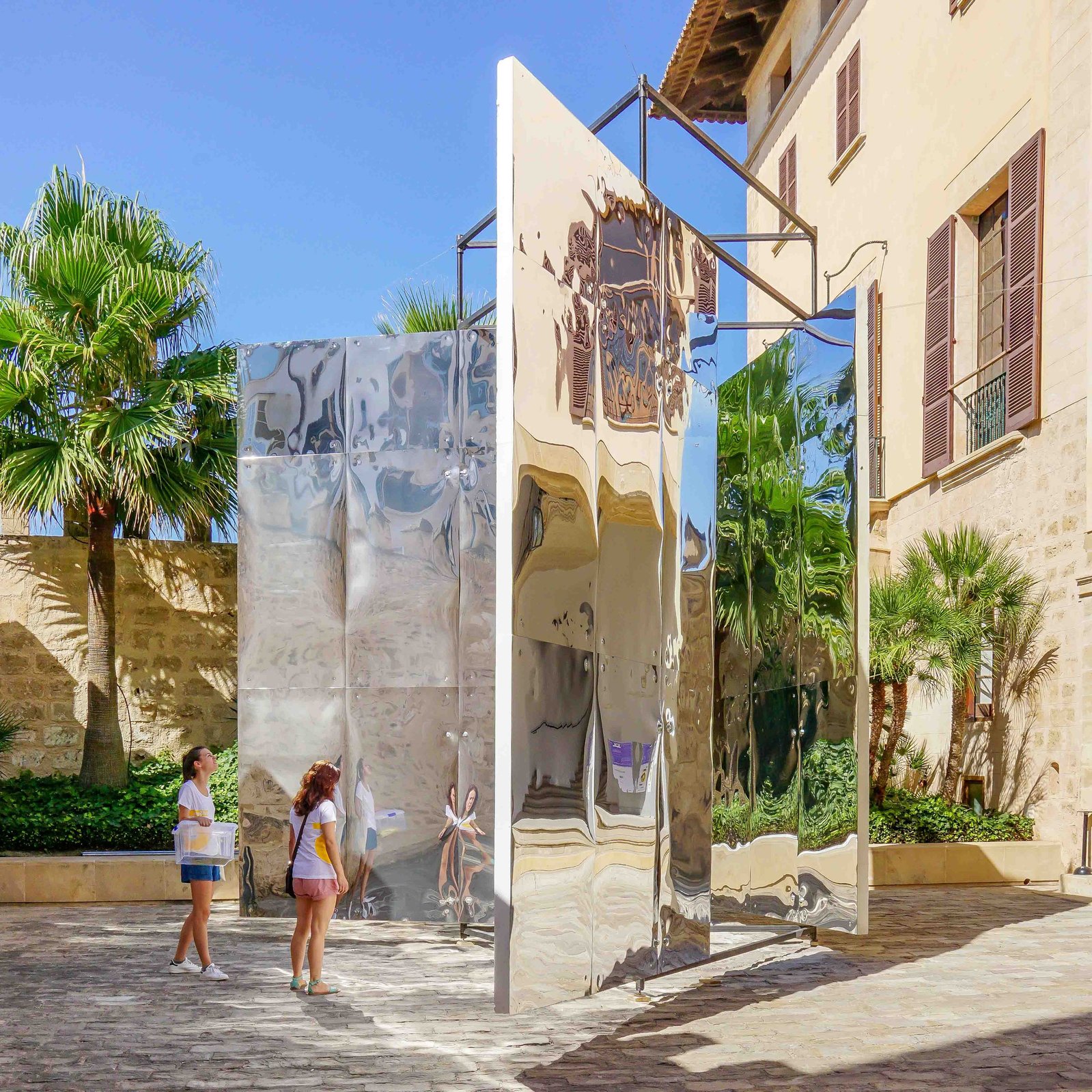 Patis Cinètics. 0 Edició del Festival Insòlit
Patis Cinètics. 0 Edició del Festival Insòlit


